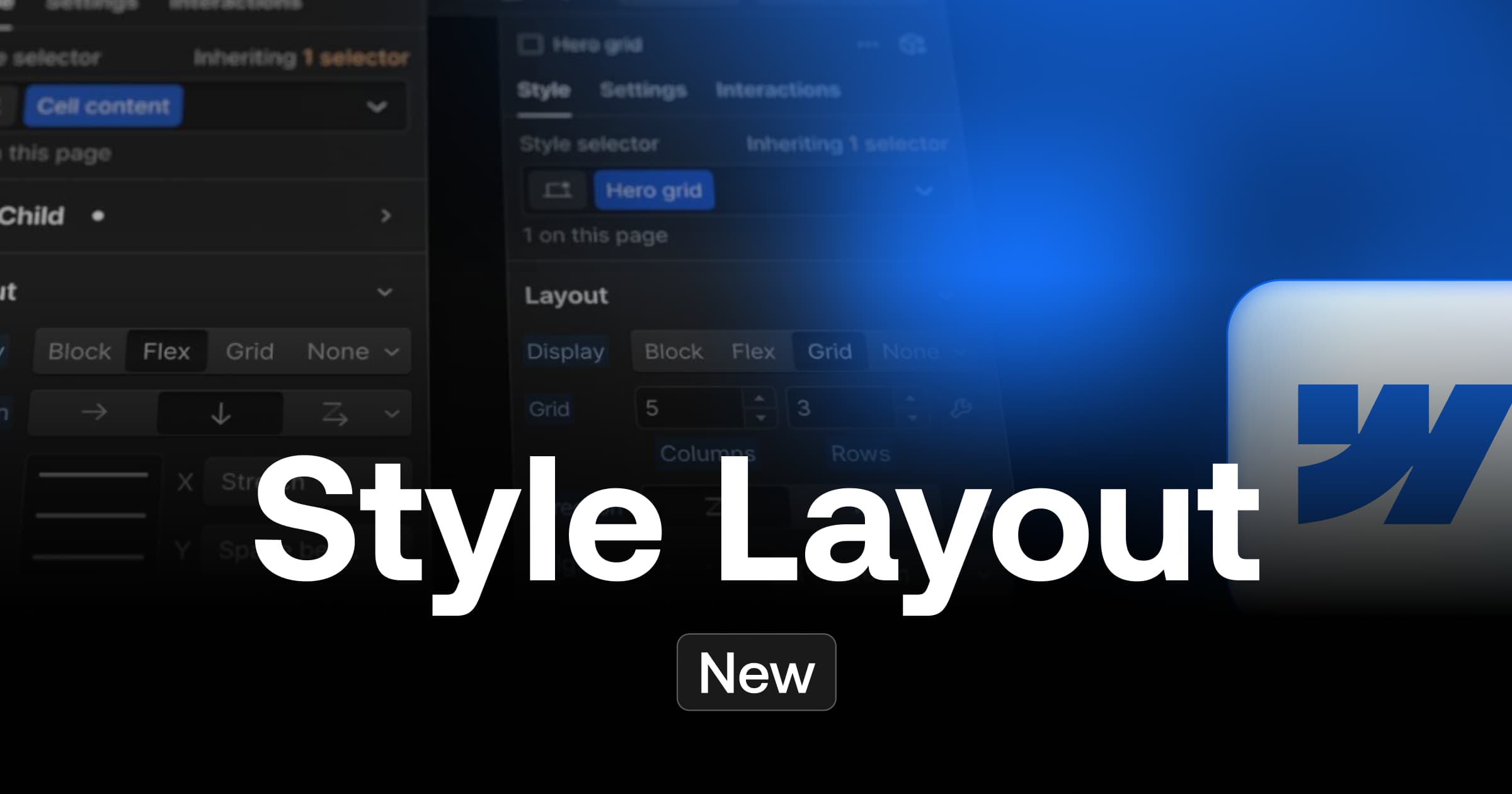In Webflow, there are many settings to manage your project as a whole. There are many features that may be unknown to the public. In this article, we are going to present you the different Webflow parameters to know for the development of your web project.
1. The general settings of Webflow
1.1 Account Settings
The account settings allow you to manage your account specifics such as your profile, subscription, billing information, etc.
1.2 Authorized applications
Authorised applications are applications that have access to the data on your Webflow site.
1.3 Collaborator
A contributor is a person who can make changes to the content of the website through the editor mode. This person is invited by the Webflow project administrator.
1.4 Custom domain hosting
When managing a Webflow project, our site is hosted by Webflow. The website development platform allows us to point our site to a custom domain.
1.5 Dashboard
The dashboard is where we can access, create and manage all our projects.
1.6 Page Name
This is the title used to describe a page on your site in the Pages panel.
1.7 Page settings
The page settings tool allows you to manage your pages. It allows you to manage several page functionalities (name, duplication, deletion, SEO, etc.)
1.8 Pagination settings
With the pagination settings, you can preview the pages of the collection list by choosing the page number from the page drop-down list.
1.9 Preview Mode
The preview mode is a Webflow feature that allows you to see how the site displays on different types of devices without leaving the Designer or publishing the website.
1.10 Read-only Link
A way to allow other people to test your Webflow site from the Designer without having the possibility to save the modifications (Tuto to share a read-only link)
2. Webflow backup settings
2.1 Backup
A saved version of your site that you can restore.
2.2 Last published
The last time your site was published.
2.3 Last updated
The last time someone made a change to your site.
2.4 Publish site
The "Publish site" button allows you to update your website online with changes made in the Designer or Editor mode.
2.5 Restore Point
This is the restoration point of your Webflow site.
2.6 Save as Snapshot
You can manually save a version of your site that you can restore later using the keyboard shortcut Cmd+Shift+S on Mac or Ctrl+Shift+S on Windows.
2.7 Unpublished Change
This is an unpublished change: a change that has been made in the Webflow CMS, but which will not appear on the live website until the next time the site is published.
3. Webflow SEO settings
3.1 Google Classic Analytics ID
A unique identifier that you can use to link your Google Analytics account to your Webflow site.
3.2 Google site verification meta tag
A unique string of numbers and characters that helps you verify the ownership of your Webflow site with Google.
3.3 Meta description
This is the short description that appears below your titles on a search results page. It is the second most important element in SEO. It should give a description of the page, contain keywords and not exceed 160 characters.
3.4 Meta title
This is the title of the page that appears on a search results page. It is the most important element in SEO. It should describe the page, contain keywords and not exceed 55 characters.
3.5 Sitemap.xml
This is the file that describes the structure of your site by listing the different URLs of it. It allows search engines to crawl your site more efficiently and quickly.
3.6 URL Redirect
URL redirection allows a URL to be redirected to another URL without affecting SEO.
4. Webflow parameters linked to the code
4.1 Footer code
This is the custom code that you can add just before the closing tag in the HTML file of your site.
4.2 Head code
This is the custom code that is added to theheader of your site.
4.3 Minified code
Minifying a site's code reduces the size of the code file by removing unnecessary spaces (line breaks, white space, etc.). This makes the file load faster, which results in better performance. However, the code is more difficult for a human to read.
4.4 Total Asset Size
This parameter represents the total weight of the HTML, CSS, JS and images on your site.
5. Webflow help settings
5.1 Help Center
The place to go when you need help using Webflow.
5.2 Help text
The help text that explains what content should be placed in a given collection field.
5.3 Need Help page
The place to go when you need help with your site design, custom code, etc.
Now you have a better view of the different Webflow settings that exist. If you want to learn more about Webflow, you can read our article about managing the Webflow CMS with collections. Otherwise, you can contact our Webflow agency to help you build your custom project.
Ready to take your website to the next level?
Improve your online visibility thanks to Digidop's experience, excellence and reactivity!





.webp)
.webp)

